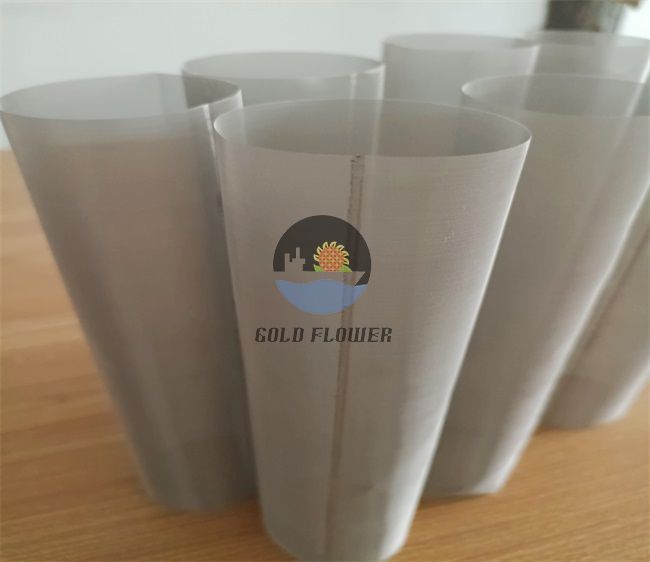Jul . 28, 2024 03:36 Back to list
Choosing the Right Air Filter for Optimal Indoor Air Quality and Health Benefits
Air Filter Selection A Comprehensive Guide
When it comes to maintaining a healthy indoor environment, air quality plays a crucial role. One effective way to improve indoor air quality is by using air filters. With various air filters available on the market, selecting the right one can be a daunting task. This article aims to guide you through the essential factors to consider when choosing an air filter, ensuring that you make an informed decision for your home or office.
Understanding Air Filters
Air filters are designed to remove contaminants from the air passing through them. These contaminants can include dust, pollen, pet dander, smoke, and even microorganisms like bacteria and viruses. The efficiency of an air filter is often measured using the Minimum Efficiency Reporting Value (MERV) rating, which ranges from 1 to 20. A higher MERV rating indicates better filtration capability, making it crucial to choose a filter that meets your specific needs.
Types of Air Filters
1. Fiberglass Filters These are the most basic type of air filters. They are inexpensive and suitable for capturing larger particles like dust and lint. However, their MERV ratings are low (typically 1-4), meaning they are less effective at trapping smaller particles, such as allergens.
2. Pleated Filters A step up from fiberglass filters, pleated filters have a larger surface area, allowing for better airflow and improved filtration efficiency. They usually have MERV ratings between 5 and 13, making them suitable for residential use.
3. HEPA Filters High-Efficiency Particulate Air (HEPA) filters are highly effective at trapping fine particles, with a MERV rating of 17-20. These filters are often used in environments where air quality is critical, such as hospitals and laboratories. They can capture up to 99.97% of particles as small as 0.3 microns.
4. Activated Carbon Filters These filters excel at removing odors and volatile organic compounds (VOCs) but may not be as effective against particulate matter. They can be combined with other filters to enhance overall air quality.
air filter selection

5. Electrostatic Filters Utilizing static electricity, these filters attract and capture particles more effectively than traditional filters. They are reusable and require occasional cleaning rather than replacement.
Factors to Consider in Air Filter Selection
1. MERV Rating Assess your indoor air quality needs and choose a filter with an appropriate MERV rating. Higher ratings are essential for allergy sufferers or those with respiratory issues.
2. Airflow Resistance While a higher MERV rating typically indicates better filtration, it can also increase airflow resistance. Ensure that the filter is compatible with your HVAC system to avoid straining the unit.
3. Replacement Schedule Regular maintenance is key to keeping your air filters effective. Check the manufacturer's recommendations for replacement frequency, usually every 1-3 months, depending on usage and environmental factors.
4. Cost and Budget Consider your budget for air filters. While HEPA and high-efficiency filters may be more expensive upfront, their effectiveness at improving air quality can result in long-term health benefits.
5. Allergies and Health Conditions If you or any household members suffer from allergies, asthma, or other respiratory conditions, choose filters that specifically target allergens and pollutants.
Conclusion
Selecting the right air filter is a significant step toward improving your indoor air quality and promoting a healthier living space. By considering the type of filter, its MERV rating, airflow resistance, replacement schedule, and your specific needs, you can make an informed choice that best suits your environment. Invest in quality air filters, and you’ll not only enhance the comfort of your home or office but also support the well-being of everyone inside.
share
-
CE Certified Woven Wire Mesh Filters | Premium Filtration Solutions
NewsAug.19,2025
-
High-Performance Particle Filters: Optimal Mediums & Applications
NewsAug.18,2025
-
Competitive Screen Mesh Price | 1/4", 1/8", 1/2" Wire Mesh Screens
NewsAug.17,2025
-
CE Certified 250 Micron SS Mesh: Precision & Durability
NewsAug.15,2025
-
CE Certified 250 Micron Stainless Steel Mesh - Durable & Precise
NewsAug.14,2025
-
Precision CE Certified 250 Micron Stainless Steel Mesh
NewsAug.13,2025

